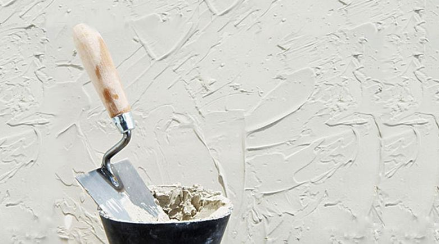
News
VAE Re-dispersible Polymer Powder formed polymer film has good flexibility. The film is formed on the gap and surface of cement mortar particles to form a flexible connection. Thus, the brittle cement mortar becomes elastic. Mortar with redispersible emulsion powder is several times higher in tensile resistance than ordinary mortar.
HPEG adopts highly active catalyst and special synthesis process, with light appearance, accurate molecular weight, white appearance, narrow molecular weight distribution, low glycol content and high double bond retention.
In the context of today's rapid development of building materials technology, a product called VAE Re-dispersible Polymer Powder has become a new focus in the industry because of its unique performance and wide application prospects. This new material not only improves the performance of building materials, but is also highly recognized by the market for its environmentally friendly properties.
With the continuous development of the global petrochemical and building materials industries, polycarboxylate monomer TPEG, as an important chemical raw material, is increasingly used in the industry, and market demand continues to grow. Recently, industry analysts have conducted in-depth discussions on the development trends of polycarboxylate monomer TPEG and have predicted future market prospects.
In recent years, with the wide application of PVC paste resin in many fields, such as construction, automobiles, electronics and packaging, its market demand has continued to grow. However, as the industry enters a new round of adjustment period, the production capacity of PVC paste resin is expected to show a trend of increasing first and then decreasing in the next five years.
High-efficiency water reducer product overview High-efficiency water reducer is an important concrete additive, which can effectively reduce the water-cement ratio of concrete, thereby improving the strength and durability of concrete. Compared with traditional water reducers, high-efficiency water reducers have the following advantages:
lithium silicate as a versatile inorganic compound, is gradually changing the future of the construction industry. With its excellent performance and environmentally friendly characteristics, lithium silicate is widely used in architectural coatings, concrete additives and thermal insulation materials. This article will explore the application of lithium silicate in the construction industry and look forward to its potential impact on the development of the industry.
HPMC, or Hydroxypropyl Methylcellulose, is a versatile chemical compound that is widely used in the construction industry. It is a type of cellulose ether that is derived from natural cellulose and is a water-soluble polymer. HPMC is used in various applications in the construction industry, including:
1. TPEG has good adaptability to cement. 2. The cost of TPEG is much lower than that of other types of polycarboxylic acid raw materials. 3. With TPEG solid content of 22% and 1.1% concrete content, the water reduction rate can reach more than 30%.
Effect of water consumption on performance of polycarboxylic acid water reducer The influence of water consumption of polycarboxylic acid water reducer is very obvious. In the practical application of concrete engineering, sometimes if the water consumption increases by 1~3kg/m3, the concrete will show serious bleeding, resulting in pitting, sanding, holes and other defects on the concrete surface. The uniformity of concrete pouring and construction quality cannot be guaranteed, resulting in the reduction of the strength and durability of the concrete structure.










